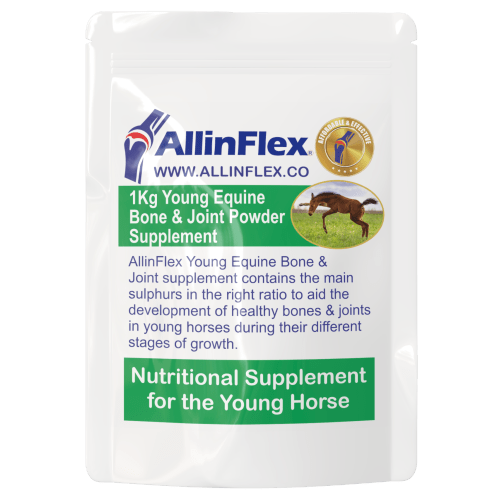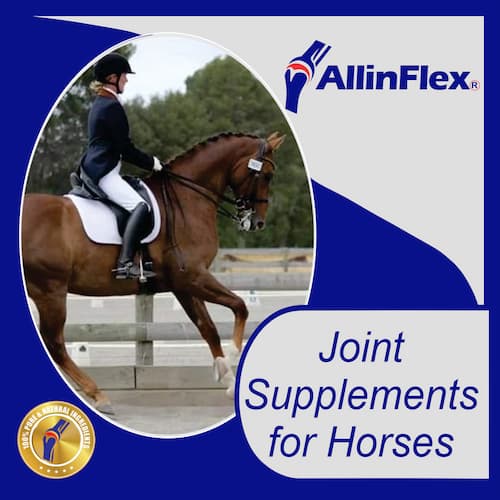OCD in Foals, Yearlings and Young Horses should you be concerned?
OC/OCD is a common developmental orthopedic disease which starts before the foal is 1 year old.
But what is it exactly and how do they get it and most importantly is it preventable?
OC stand for Osteochondrosis and OCD for Osteochondrosis dissecans, most commonly we use the short versions OC or OCD. Radiographic terms for what damage can be seen on the X-rays caused by a growth disorder in the bone or joints of young horses.
When does OC start?
Normally during the growth stage of the young horse, the cartilage that is located at the end of the bone and part of the joint grows. The cartilage on the sides of the bone turns into bone. This is a natural process of bone formation called ossification.
When this process from cartilage turning into bone gets disturbed OC or OCD develops. When no new bone is formed but the cartilage keeps growing outwards, a little cavity may form which is OC.
If later on in the little cavity new ossification occurs and a new fragment is formed, which in most cases is attached to the bone, we talk about OCD.

The faster the growth spurt of the young horse, the more chance the ossification process can't keep up and gets disturbed. The knee and hock joints have the most chance of showing changes as a result of OC or OCD.
If bone growth is slower and steady, the complexed process has a better chance to form bone and joints, without much disturbance.
Because bigger horses often grow faster, there is a higher chance for OC or OCD to occur. Equine Hocks, Stifles, Fetlocks and Spine are joints which are prone to develop OCD.
Which problems can occur if a foal develops OCD?
The surface of a joint is supposed to be flat and smooth and when it isn't due to OCD most likely loss of mobility will occur. Depending on the size of the lesion and where it's located. Some areas of a joint don't carry much physical load and may never be affected.
A joint functions in between 2 bones and is able to move in the way of a hinge.
If the lesion is in an area of a joint which carries a high physical load then irritation followed by a higher production of the synovial fluid may occur. Consequently a loss of mobility which maybe is followed by lameness.
A Veterinarian will take X-rays to identify the problem, deciding on treatment options and prognosis.
Can we prevent OCD?
A lot of research still needs to be done and honestly I don't think that at the moment anybody has come forward with a strategy which is 100% bombproof.
That doesn't mean that we put our heads in the sand, but better look at factors we can control.
Feeding of the Mare in foal:
- Vitamins & Minerals as well as Controlled Protein intake of your mare, research has shown promising results. Consulting a Veterinarian or Equine Nutritionist is advisable before you start breeding.
Genetics of the Stallion & Mare:
- Genetics are playing a double role. In the first place the size of the progeny is genetic and in the second place any known history of both parents regards OCD by themselves and offspring.
Growth Chart of the foal:
- By tracking weight, girth and height on your chart the growth line should show a steady and upward pattern. Spikes in the chart may indicate a need in adjustment of feed and restricting the size of the paddock. When the growth plates are open a smaller paddock may limit abrupt stops from high speeds gained which are gained easier in bigger sized areas.



